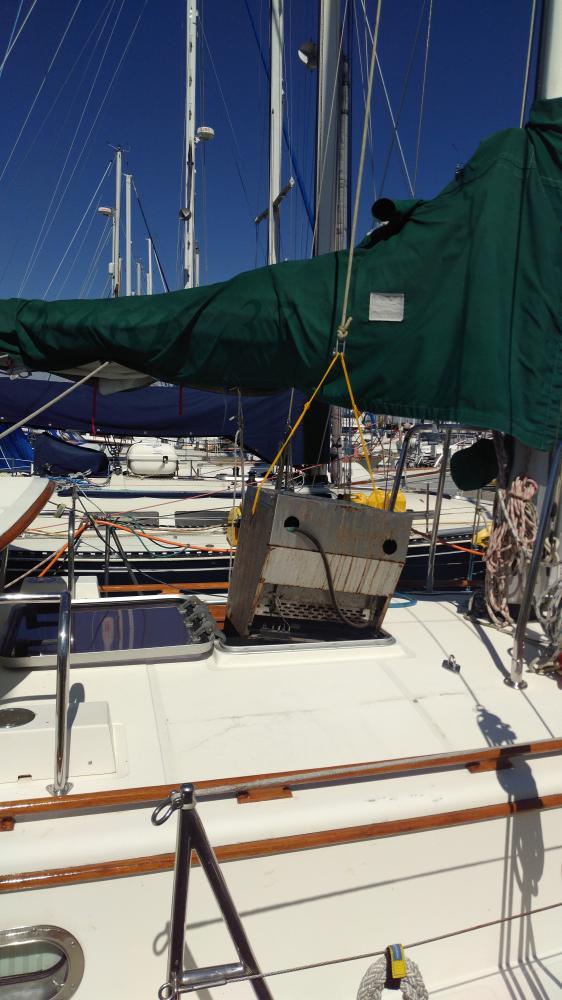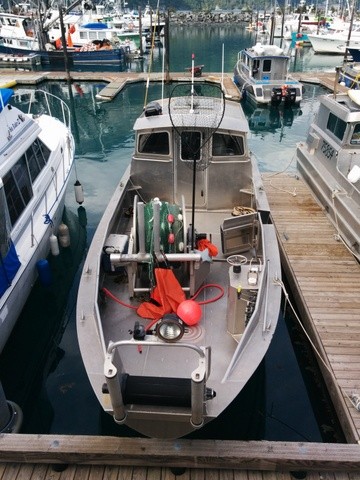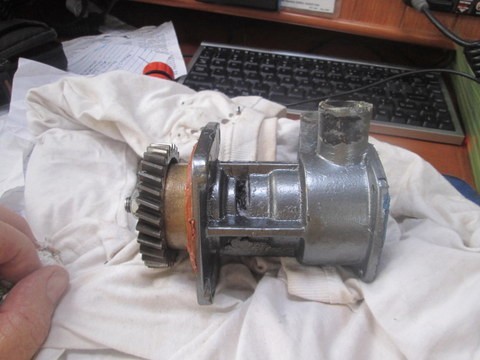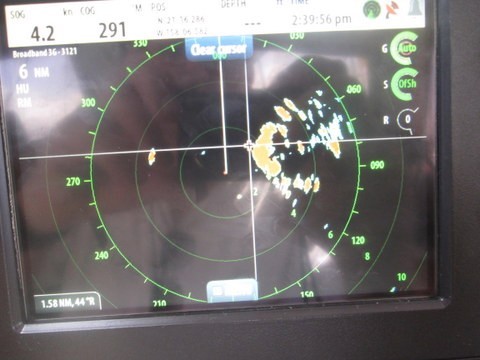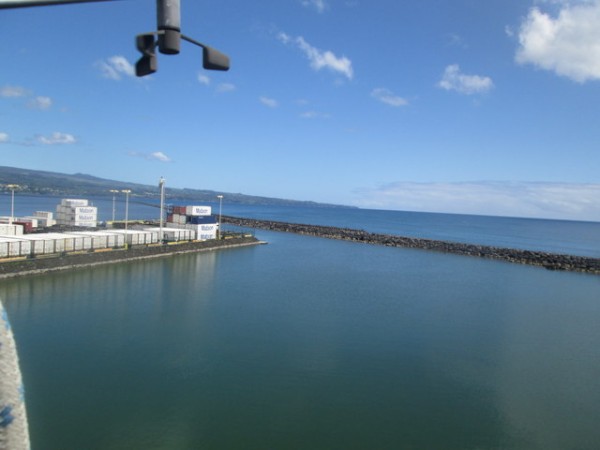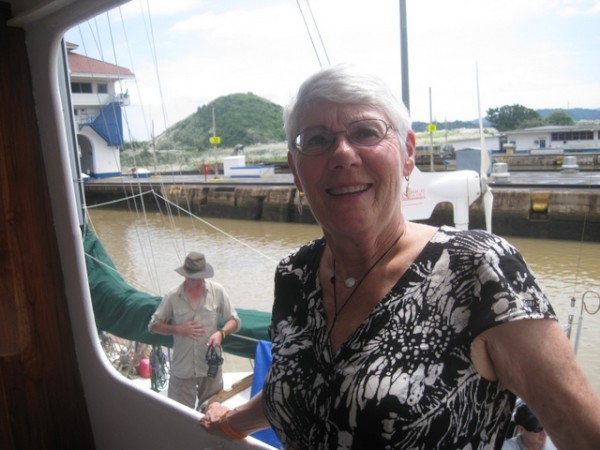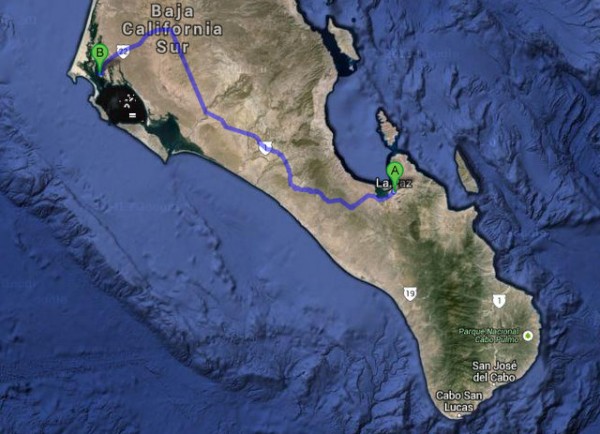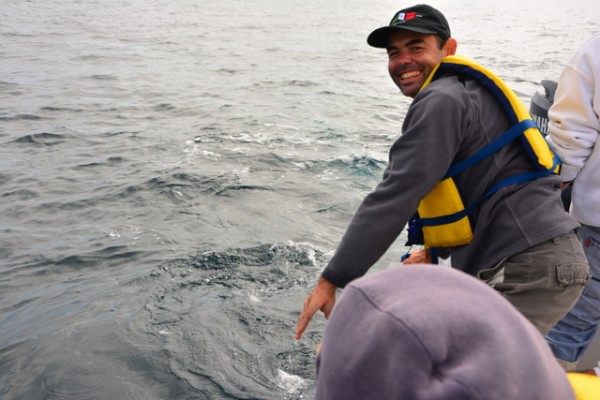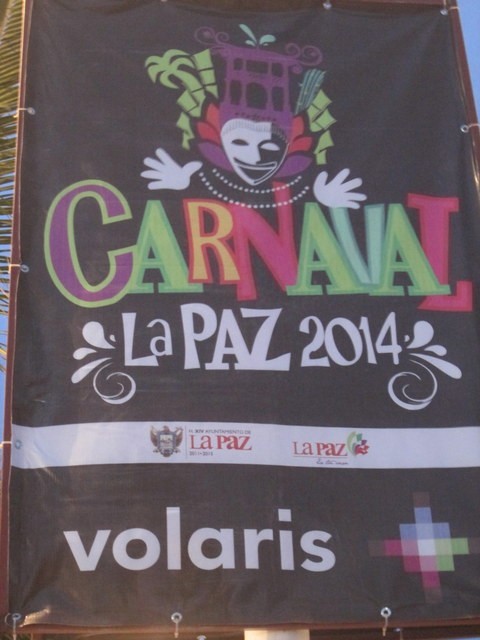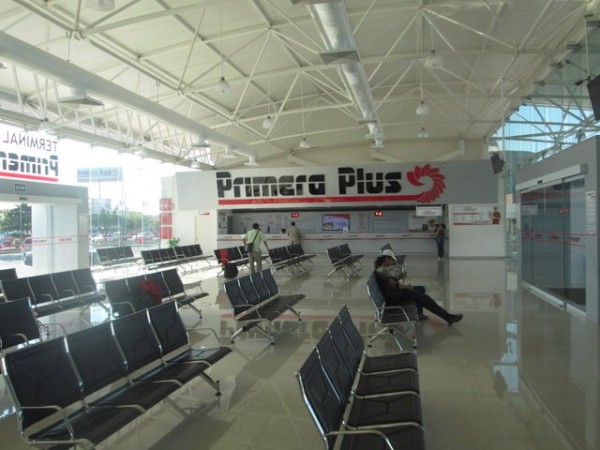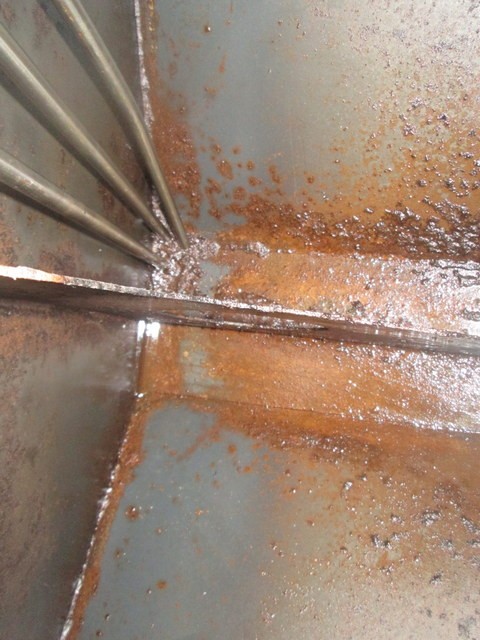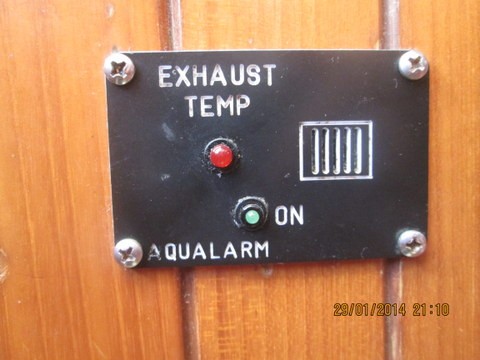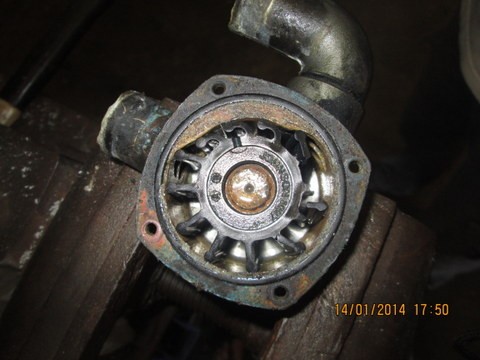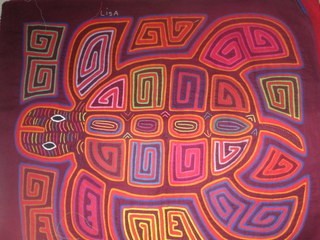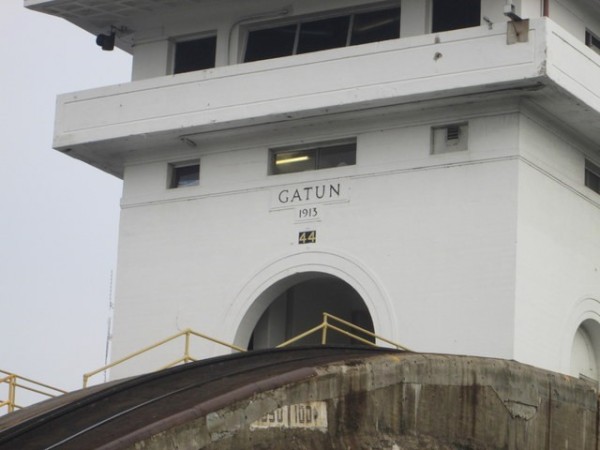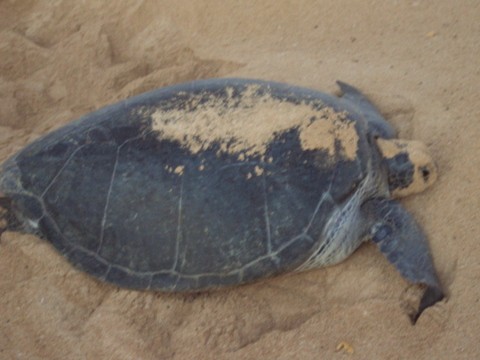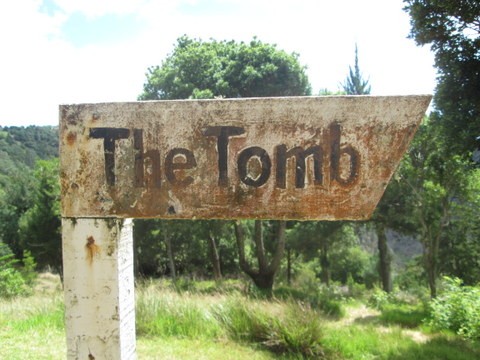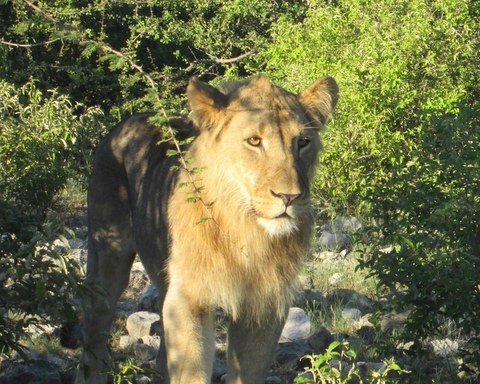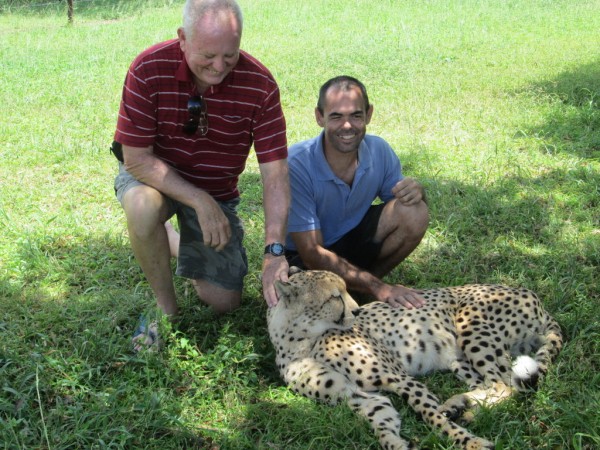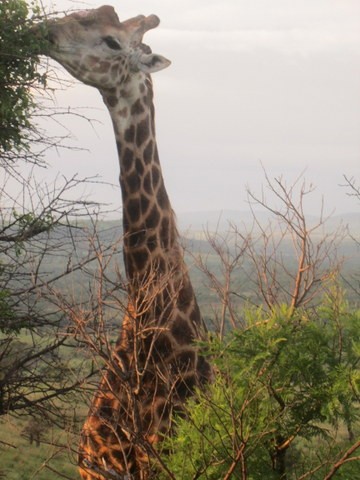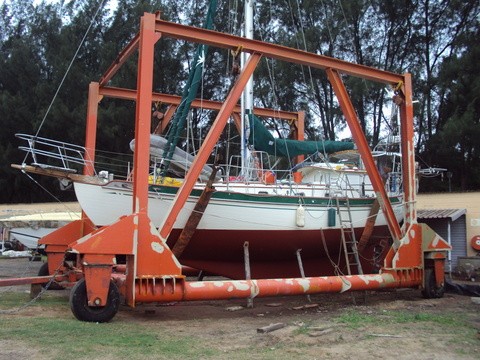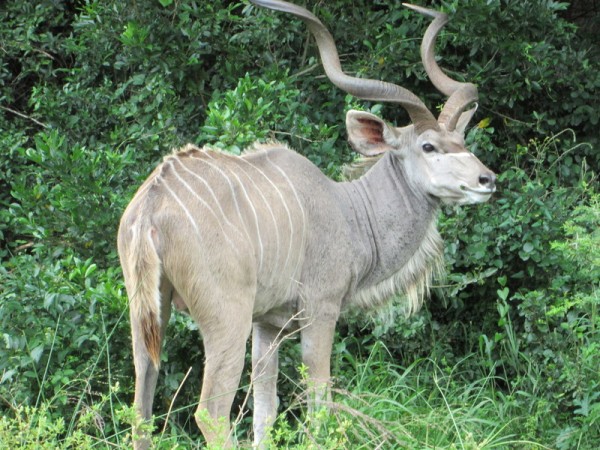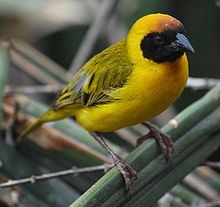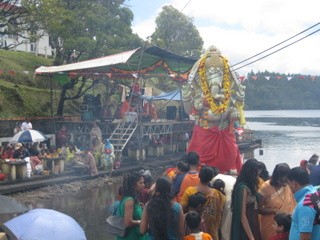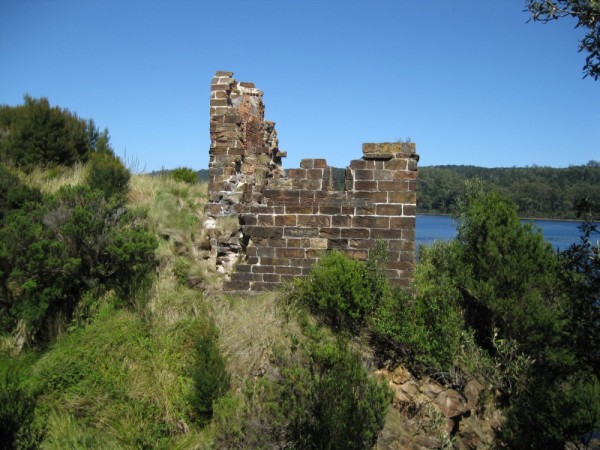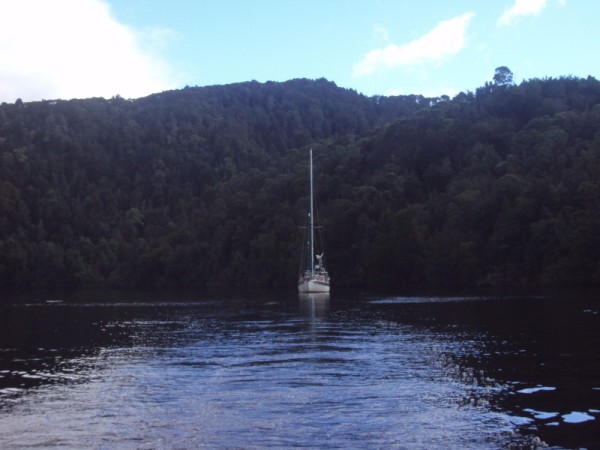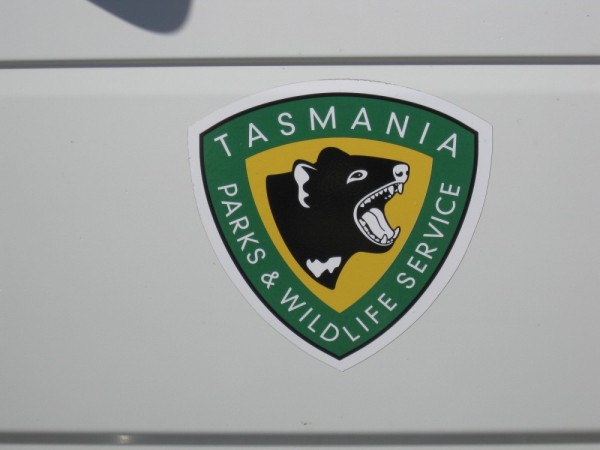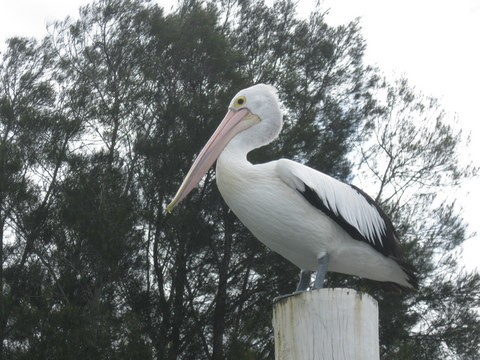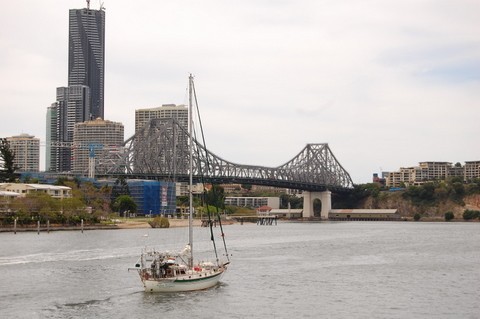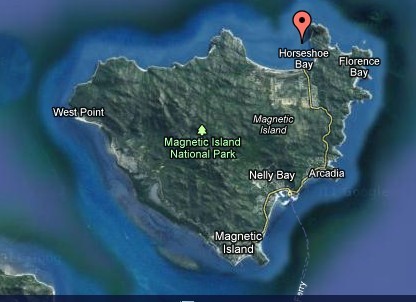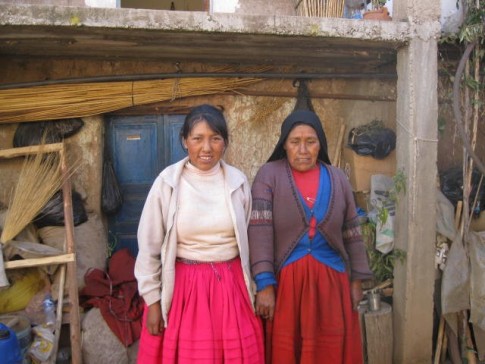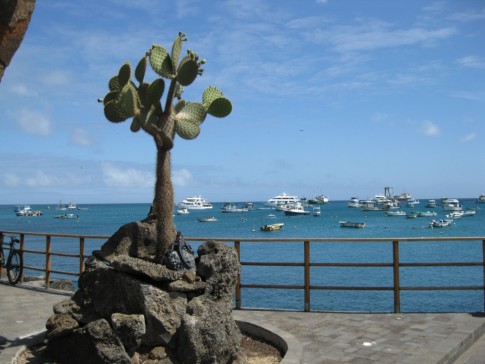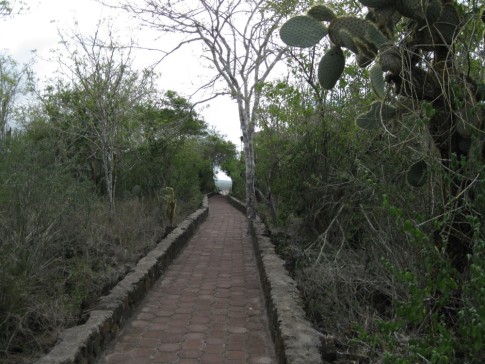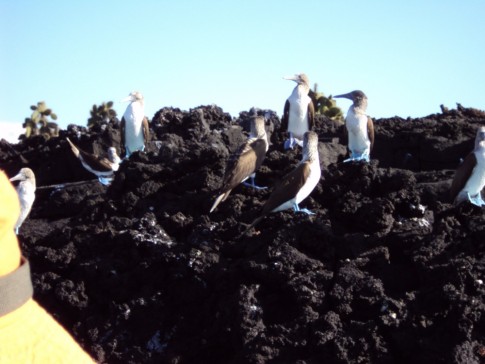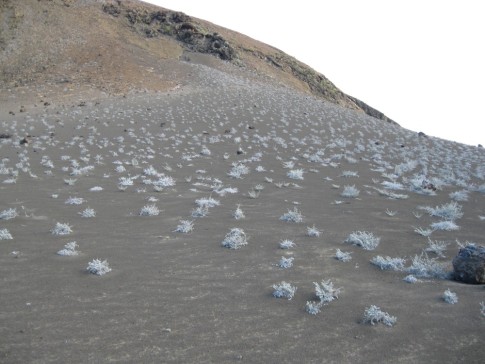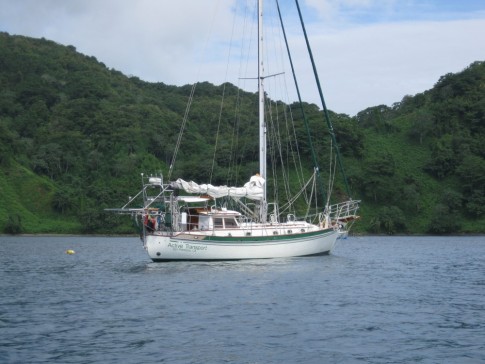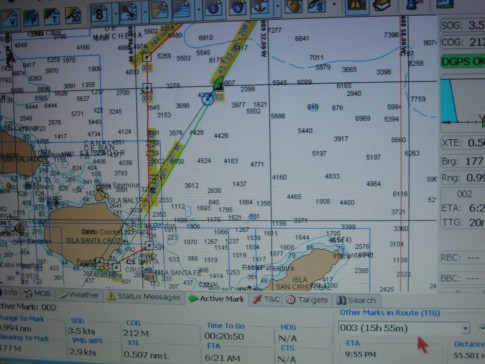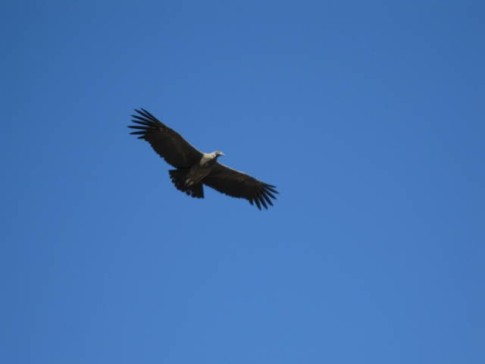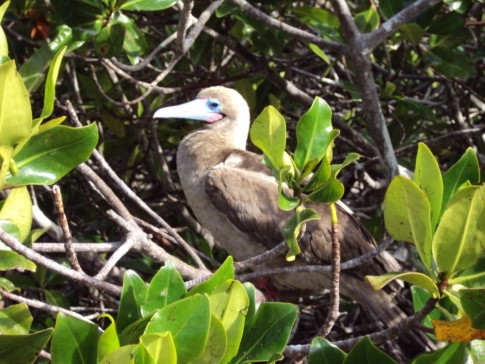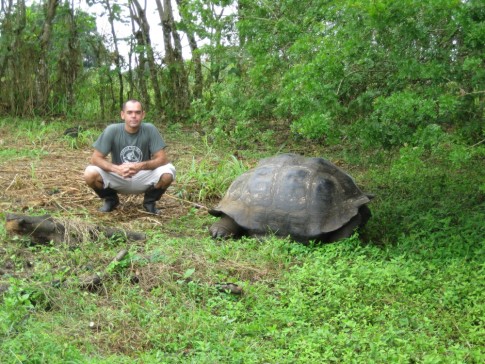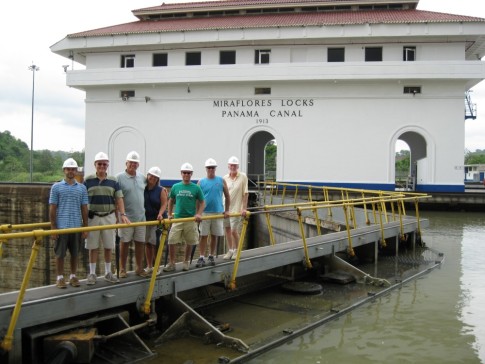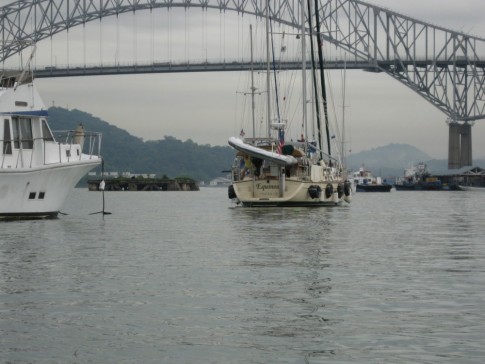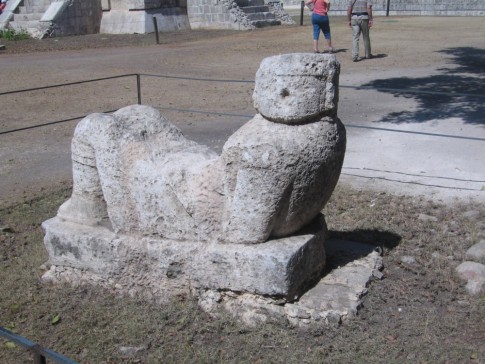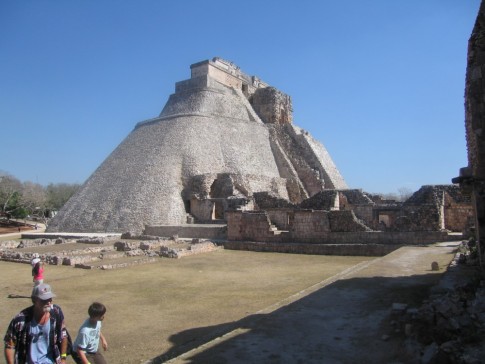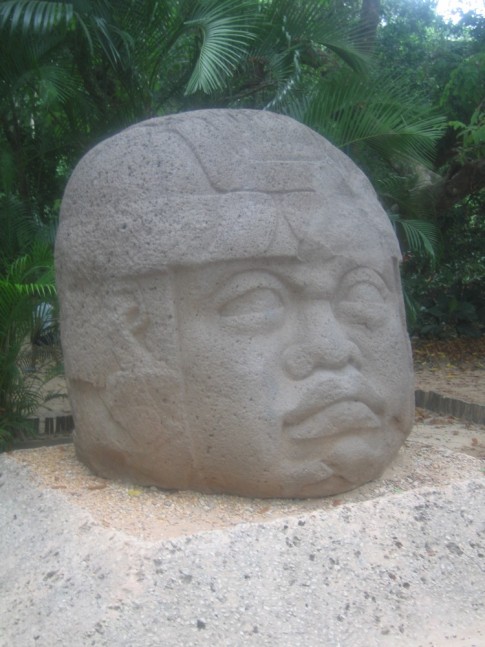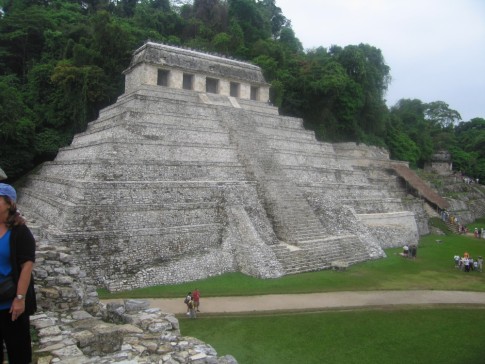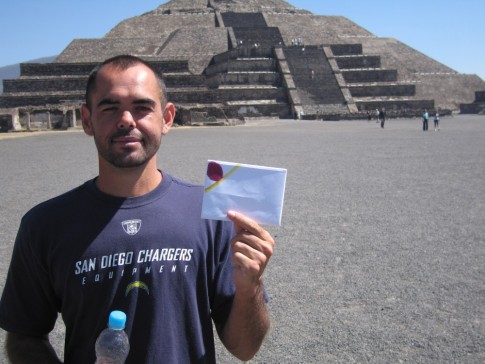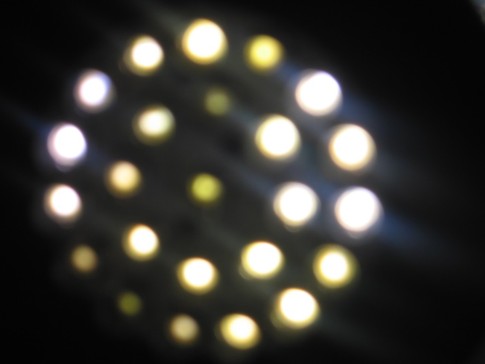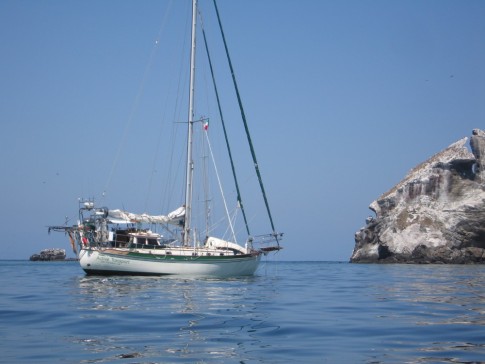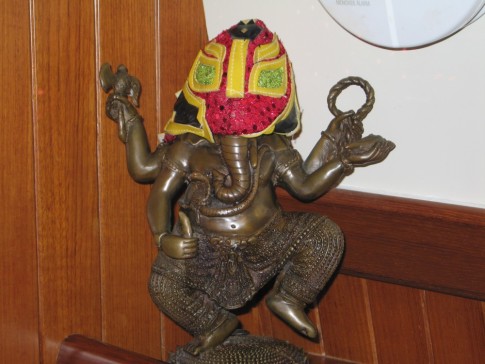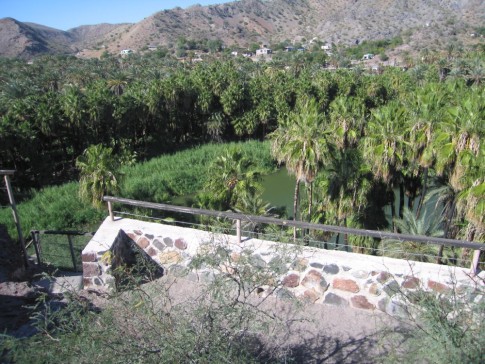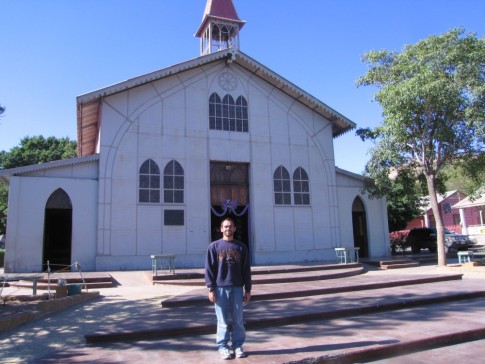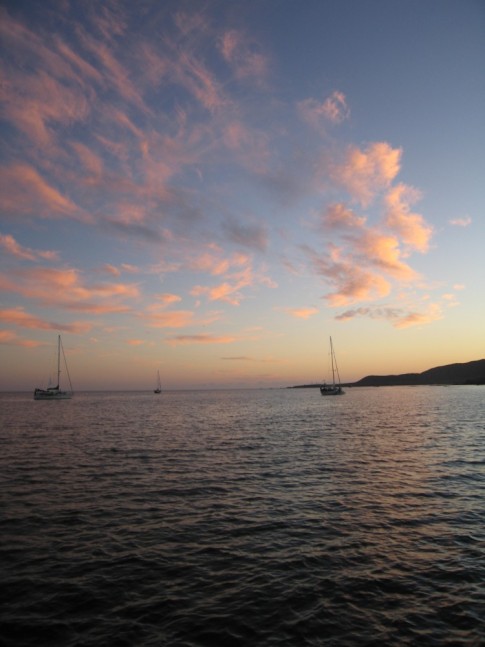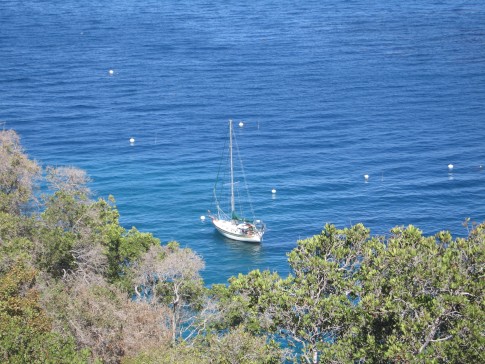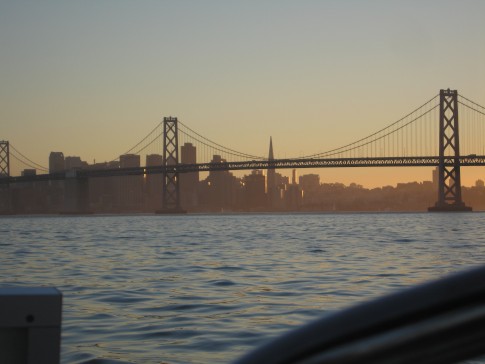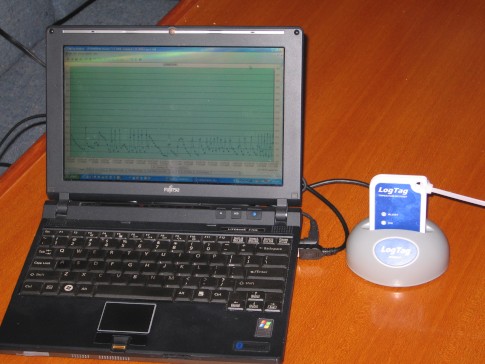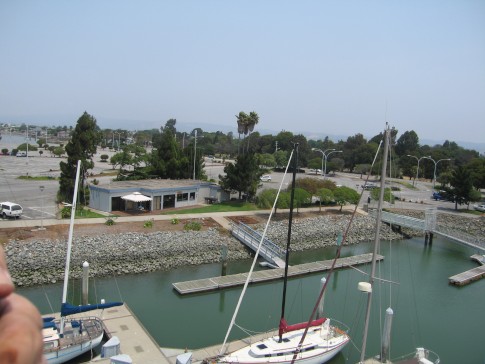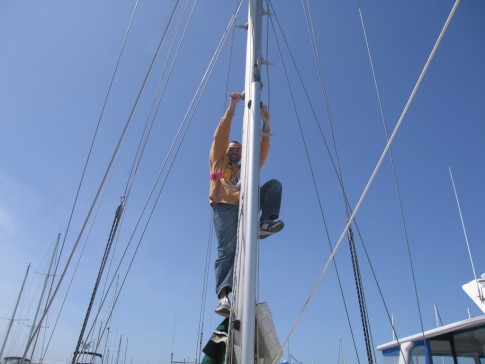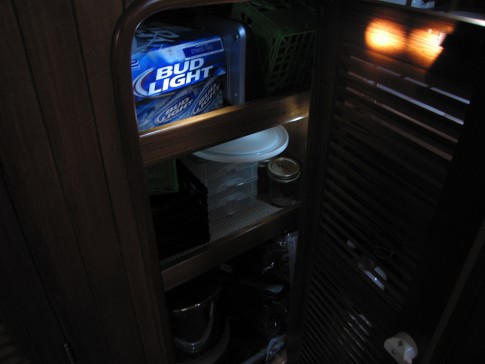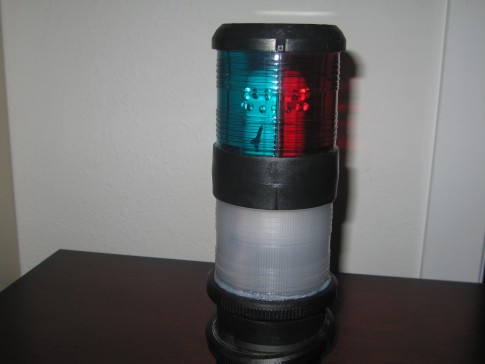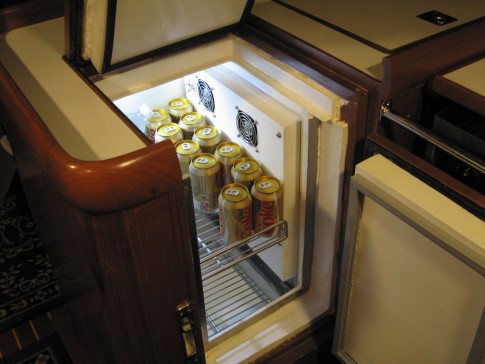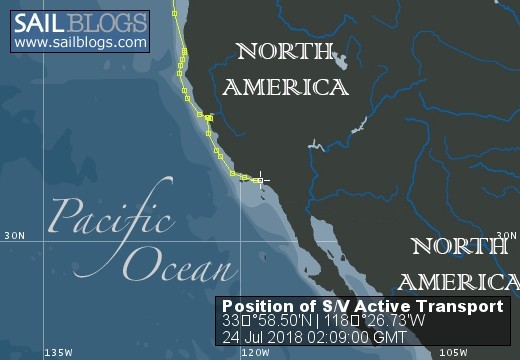
Cruising Active Transport
We circumnavigated between 2008 and 2014. After sailing to Alaska we ended up in Seattle for four years.
19 September 2018
08 August 2018 | Marina del Rey
23 July 2018 | Marina del Rey
22 July 2018 | 25 miles west of Cambria
21 July 2018 | Crossing Monterey Bay
21 July 2018 | South of the Golden Gate
16 July 2018
14 July 2018 | Grand Marina
14 July 2018 | San Francisco Bay
13 July 2018 | Point Arena
12 July 2018 | Thirty Miles NW of Humbolt Bay, CA
11 July 2018 | Crescent City
10 July 2018 | Neah Bay
09 July 2018 | Thirty five miles WNW of Reedsport, Oregon
08 July 2018 | Forty Miles West of Columbia River Entrance
07 July 2018 | Neah Bay
06 July 2018 | Neah Bay Marina
05 July 2018 | Neah Bay Marina
04 July 2018
03 July 2018 | Port Angeles City Floats
Not Just Another Global Warming Book
21 February 2014 | Mazatlan
John

I am not finished with blogging about Guadalajara but on the bus trip I read a book that I feel compelled to tell you about. So I am going to go off on a one-day tangent and offer a book report today.
We were watching "The Daily Show" last week and the guest was a writer named Elizabeth Kolbert who was on the show to promote her new book "The Sixth Extinction".
Kolbert is a staff writer for the New Yorker so I have read some of her work before. She has found a niche as their writer on environmental issues.
One thing that really impressed me about her appearance on "The Daily Show" was how well she managed her interview. John Stewart has been more or less mailing it in since he decided he wanted to become a movie director a few months ago and most of his recent interviews have been disorganized and not very substantive. It's not like anyone actually expects him to read the books of the authors he has on his show but at least someone on his staff should read the book and come up with a good interview strategy.
Fortunately Kolbert did not need Stewart to know what he was doing and managed to interview herself quite effectively.
There is no shortage of books about the the impending apocalypse and most of them are just pounding the global warming drum. Those who deny global warming are not going to be convinced, regardless of the facts, and the rest of us already get it. So another book about how our nasty habits are destroying the atmosphere would not be all that interesting.
This book is different.
Rather than focusing on the arguments supporting the reality of global warming Kolbert looks at many different human activities that have accelerated the extinction of other species, so far. It's likely that we wont be far behind those that we have already dispatched.
It was not all that long ago that scientists were not aware of the fact that extinctions actually occurred. Around the time Darwin left divinity school and sailed around the world on the Beagle a French guy named Cuvier realized that the fossils that that were being dug up around the world probably represented life forms that no longer existed on the planet.
Cuvier's science driven approach had to contend with all the biblical literalists who attempted to explain mammoth and mastodon fossils, in frozen northern latitudes, using the flood. These elephant relatives obviously did not get invited on Noah's cruise and were washed north to Siberia as a result. That also, conveniently, explains why they are not around any more.
Before too long the accumulating fossil evidence was so overwhelming that Cuvier and his contemporaries started piecing together what had happened and the modern science of paleontology was born.
There were theories about the existence of an entirely different world that had disappeared and left the fossil record but eventually it became obvious that the fossil record represented part of an ongoing process. When Darwin explained the origin of new species a lot fell into place.
Carefully Kolbert walks her readers through the relentless process of discovery that let us to understand that there have been 5 major extinction events in our planet's history and that the sixth is going on today.
Global warming is a piece of the puzzle but certainly not the only thing driving the extinction of a wide variety of plants and animals today. The vast majority of the forces behind this Sixth Extinction are due to human activities.
Kolbert is not screaming at her readers with evangelical zeal. She just lays out the facts in an extremely compelling way.
I was interested to read her discussions of the arguments that modern man is not the only culprit in extinctions. There is good evidence that early hominids were pretty good at wiping out other species. It may have taken a few thousand years but it looks like the Australian Aboriginal people decimated the mega-fauna, on that continent, that was long gone by the time Europeans showed up.
She explains how mega-fauna are especially vulnerable to aggressive hunting because of their long reproductive cycles. It does not take much pressure on their numbers over a few centuries to push them into a corner from which they can not recover.
There were also some catastrophic events, like a meteor collision in the Yucatan, that wiped out 2/3 of the species on the planet. If that had not happened it is unlikely that mammals would have had a shot at domination of the planet and we would not be here. Kolbert's explanation of the process through which the meteor collision was discovered is very interesting.
Human activities are impacting other species in similarly dramatic ways. We are transporting pathogens around the world and infecting amphibians which is killing off many species. Animals that survived since before the dinosaurs are falling victim to modern modes of transportation that are shrinking the globe and exposing them to pathogens that have evolved since the continents drifted apart.
One of my favorite parts of the book is when she convinces Svante Paabo to let her hang around with him and his grad students at the Max Plank Institute in Leipzig.
Paabo is the father of paleogenomics. I was able to hear him speak at a scientific meeting in Edinburgh a few years ago and was stunned by the extremely clever uses he was making of the recently elucidated human genome.
Instead of chasing medical discoveries in the genome (still waiting for much in that department) Paabo started looking at what the DNA sequencing information could tell him about populations of humans and their origins. At that point he presented evidence that all European people could trace their ancestry to a single population of about 10,000 individuals.
Since that talk he has managed get sequence data from Neanderthal specimens and add a lot more understanding regarding how they, and we evolved. It turns out that most of us have about 4-5 % Neanderthal genes because early humans interbred with Neanderthals at some point. The more racially pure humans are those who stayed in Africa and did not cross breed with Neanderthals.
Why does the GOP spring to mind?
The fossil record is incomplete because fossilization is a rare event to begin with. It is mostly hard tissue, like bones, that get fossilized and that leaves out the majority of animals that have lived on the planet because most did not have bones. Then fortune has to strike and cause the fossils to be pushed to the surface, usually as the result of geological activity. If they stay buried we dont discover them. It is truly impressive that scientists have been able piece together such a good explanation of evolution on this planet based on such limited data.
Fundamentalist religious people try to tell us that the limited fossil evidence is proof that evolution is not an accurate explanation of what happened but the come-back, from the scientific community, is that if the record were any better it would be suspicious.
Paleogenomics takes advantage of the fact that every living organism carries, in its DNA, huge amounts of information that can be used to fill in a lot of the gaps in the fossil record.
This book is a great read. To call Kolbert a good writer is to grossly understate her accomplishment with this book.
She writes well or the New Yorker would not have her. That's a given.
I have read a lot of well written, but un-substantive stuff over the years.
What Kolbert does, beyond writing well, is research her subject in depth, find the right people to talk to and ask the right questions so that she is able to piece together a compelling story without expecting her reader to be an expert in multiple disciplines in biological science. Its a talent she shares with Bill Bryson.
This book is a "must read" for anyone who considers himself, or herself, a citizen of the 21st century.
We were watching "The Daily Show" last week and the guest was a writer named Elizabeth Kolbert who was on the show to promote her new book "The Sixth Extinction".
Kolbert is a staff writer for the New Yorker so I have read some of her work before. She has found a niche as their writer on environmental issues.
One thing that really impressed me about her appearance on "The Daily Show" was how well she managed her interview. John Stewart has been more or less mailing it in since he decided he wanted to become a movie director a few months ago and most of his recent interviews have been disorganized and not very substantive. It's not like anyone actually expects him to read the books of the authors he has on his show but at least someone on his staff should read the book and come up with a good interview strategy.
Fortunately Kolbert did not need Stewart to know what he was doing and managed to interview herself quite effectively.
There is no shortage of books about the the impending apocalypse and most of them are just pounding the global warming drum. Those who deny global warming are not going to be convinced, regardless of the facts, and the rest of us already get it. So another book about how our nasty habits are destroying the atmosphere would not be all that interesting.
This book is different.
Rather than focusing on the arguments supporting the reality of global warming Kolbert looks at many different human activities that have accelerated the extinction of other species, so far. It's likely that we wont be far behind those that we have already dispatched.
It was not all that long ago that scientists were not aware of the fact that extinctions actually occurred. Around the time Darwin left divinity school and sailed around the world on the Beagle a French guy named Cuvier realized that the fossils that that were being dug up around the world probably represented life forms that no longer existed on the planet.
Cuvier's science driven approach had to contend with all the biblical literalists who attempted to explain mammoth and mastodon fossils, in frozen northern latitudes, using the flood. These elephant relatives obviously did not get invited on Noah's cruise and were washed north to Siberia as a result. That also, conveniently, explains why they are not around any more.
Before too long the accumulating fossil evidence was so overwhelming that Cuvier and his contemporaries started piecing together what had happened and the modern science of paleontology was born.
There were theories about the existence of an entirely different world that had disappeared and left the fossil record but eventually it became obvious that the fossil record represented part of an ongoing process. When Darwin explained the origin of new species a lot fell into place.
Carefully Kolbert walks her readers through the relentless process of discovery that let us to understand that there have been 5 major extinction events in our planet's history and that the sixth is going on today.
Global warming is a piece of the puzzle but certainly not the only thing driving the extinction of a wide variety of plants and animals today. The vast majority of the forces behind this Sixth Extinction are due to human activities.
Kolbert is not screaming at her readers with evangelical zeal. She just lays out the facts in an extremely compelling way.
I was interested to read her discussions of the arguments that modern man is not the only culprit in extinctions. There is good evidence that early hominids were pretty good at wiping out other species. It may have taken a few thousand years but it looks like the Australian Aboriginal people decimated the mega-fauna, on that continent, that was long gone by the time Europeans showed up.
She explains how mega-fauna are especially vulnerable to aggressive hunting because of their long reproductive cycles. It does not take much pressure on their numbers over a few centuries to push them into a corner from which they can not recover.
There were also some catastrophic events, like a meteor collision in the Yucatan, that wiped out 2/3 of the species on the planet. If that had not happened it is unlikely that mammals would have had a shot at domination of the planet and we would not be here. Kolbert's explanation of the process through which the meteor collision was discovered is very interesting.
Human activities are impacting other species in similarly dramatic ways. We are transporting pathogens around the world and infecting amphibians which is killing off many species. Animals that survived since before the dinosaurs are falling victim to modern modes of transportation that are shrinking the globe and exposing them to pathogens that have evolved since the continents drifted apart.
One of my favorite parts of the book is when she convinces Svante Paabo to let her hang around with him and his grad students at the Max Plank Institute in Leipzig.
Paabo is the father of paleogenomics. I was able to hear him speak at a scientific meeting in Edinburgh a few years ago and was stunned by the extremely clever uses he was making of the recently elucidated human genome.
Instead of chasing medical discoveries in the genome (still waiting for much in that department) Paabo started looking at what the DNA sequencing information could tell him about populations of humans and their origins. At that point he presented evidence that all European people could trace their ancestry to a single population of about 10,000 individuals.
Since that talk he has managed get sequence data from Neanderthal specimens and add a lot more understanding regarding how they, and we evolved. It turns out that most of us have about 4-5 % Neanderthal genes because early humans interbred with Neanderthals at some point. The more racially pure humans are those who stayed in Africa and did not cross breed with Neanderthals.
Why does the GOP spring to mind?
The fossil record is incomplete because fossilization is a rare event to begin with. It is mostly hard tissue, like bones, that get fossilized and that leaves out the majority of animals that have lived on the planet because most did not have bones. Then fortune has to strike and cause the fossils to be pushed to the surface, usually as the result of geological activity. If they stay buried we dont discover them. It is truly impressive that scientists have been able piece together such a good explanation of evolution on this planet based on such limited data.
Fundamentalist religious people try to tell us that the limited fossil evidence is proof that evolution is not an accurate explanation of what happened but the come-back, from the scientific community, is that if the record were any better it would be suspicious.
Paleogenomics takes advantage of the fact that every living organism carries, in its DNA, huge amounts of information that can be used to fill in a lot of the gaps in the fossil record.
This book is a great read. To call Kolbert a good writer is to grossly understate her accomplishment with this book.
She writes well or the New Yorker would not have her. That's a given.
I have read a lot of well written, but un-substantive stuff over the years.
What Kolbert does, beyond writing well, is research her subject in depth, find the right people to talk to and ask the right questions so that she is able to piece together a compelling story without expecting her reader to be an expert in multiple disciplines in biological science. Its a talent she shares with Bill Bryson.
This book is a "must read" for anyone who considers himself, or herself, a citizen of the 21st century.
Comments
| Vessel Name: | Active Transport |
| Vessel Make/Model: | Tayana 37 PH |
| Hailing Port: | Seattle, Washington |
| Crew: | John and Shawn |
| About: | |
| Extra: |
Active Transport's Photos - Cruising Active Transport (Main)
|
These are a few pics we took during the weekend we spent at Blake Island.
8 Photos
Created 6 June 2015
|
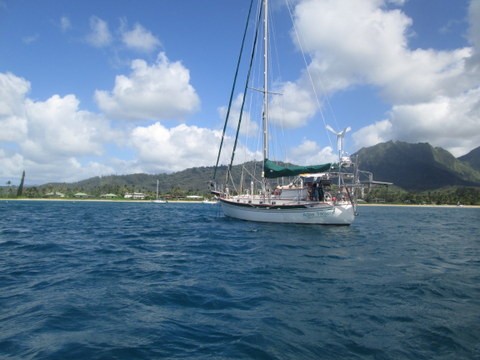 |
We spent a few days anchored i Hanalei Bay while we got the boat and our attitudes prepared for the sail to Alaska
4 Photos
Created 15 June 2014
|
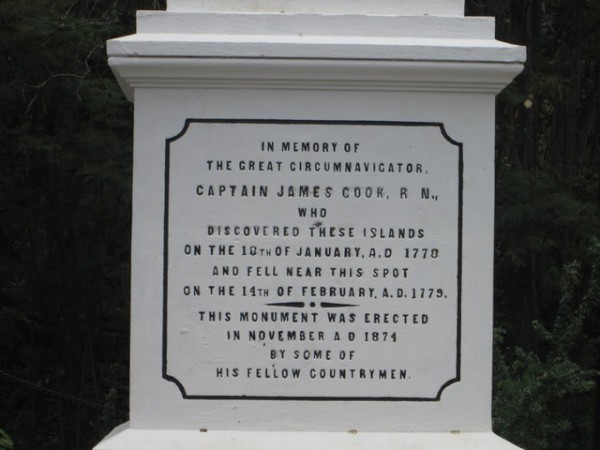 |
Captain James Cook, the famous British explorer, was killed here when an attempt to kidnap the local king did not work out as planned. A monument now marks the spot.
7 Photos
Created 5 May 2014
|
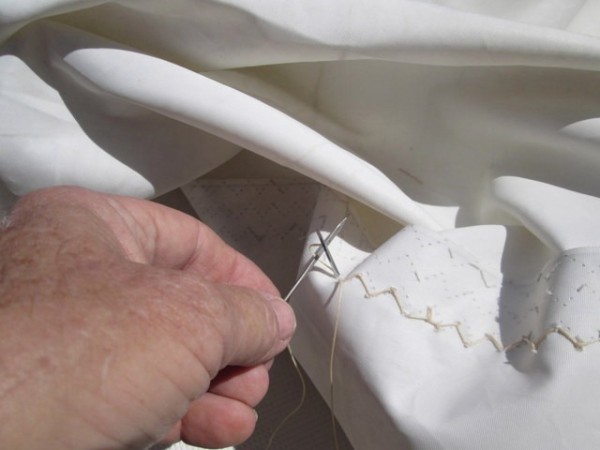 |
This album contains photos that were taken on our passage from La Paz to Hilo. We were unable to upload any of them while at sea
19 Photos
Created 27 April 2014
|
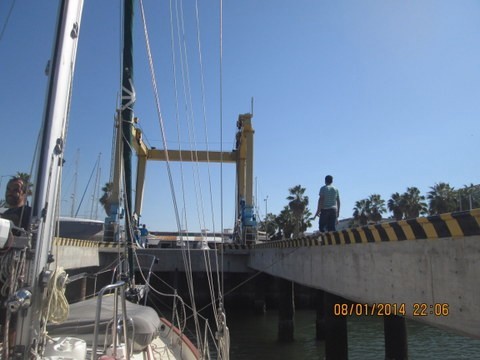 |
Our engine was overdue for a lot of maintenance so we had it pulled out of the boat. this album will hold the photos of the process.
44 Photos
Created 11 January 2014
|
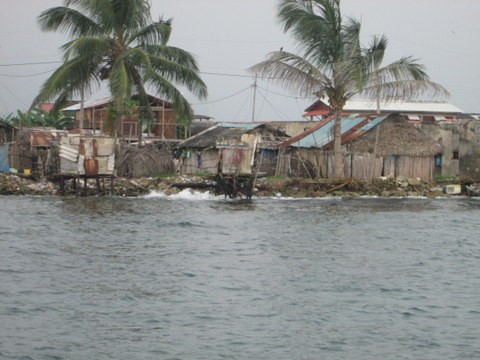 |
Nargana Town is a modern Guna village that has abandoned traditional ways and has electricity, televisions, beer and rum.
4 Photos
Created 25 September 2013
|
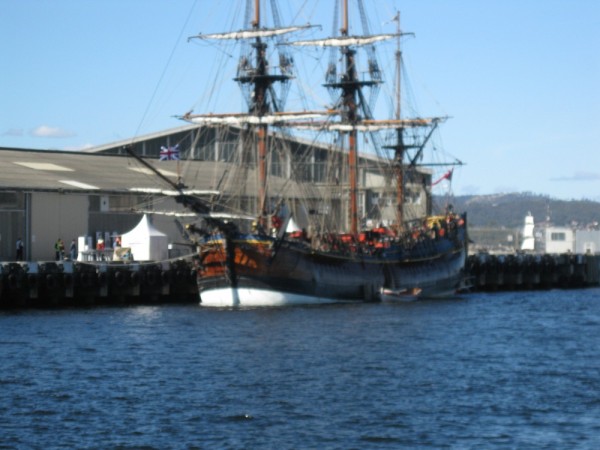 |
Hobart is the capital of Tasmania and the largest city. Large is a strong word to use for Hobart. It was originally called "Hobart Town" and that seems to fit.
7 Photos
Created 26 March 2012
|
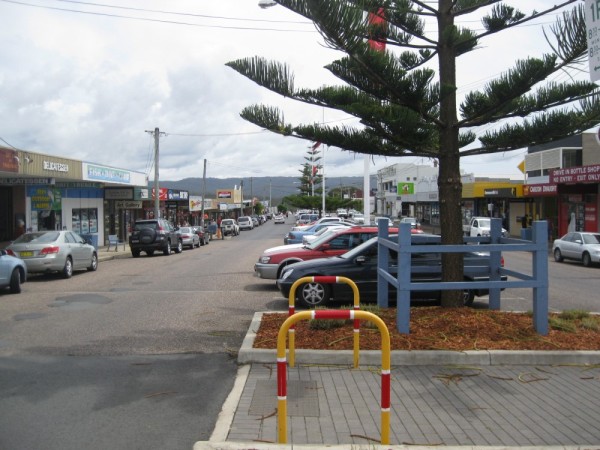 |
This album contains a variety of pictures we took while visiting Eden, a delightful little town on the south east corner of Australia.
6 Photos
Created 10 February 2012
|
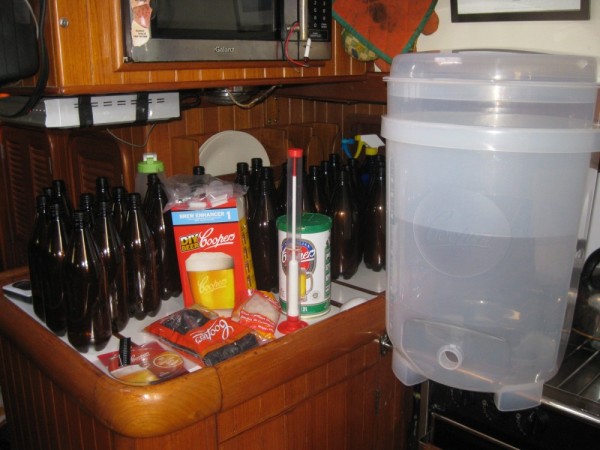 |
This album contains photos of various stages in the brewing process for making beer on board.
2 Photos
Created 17 January 2012
|
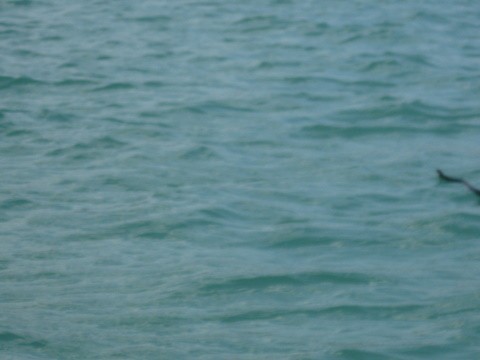 |
Most of Magnetic Island is a National Park so there are lots of hiking trails. We decided to take the hike that goes out to some WWII fortifications.
19 Photos
Created 4 October 2011
|
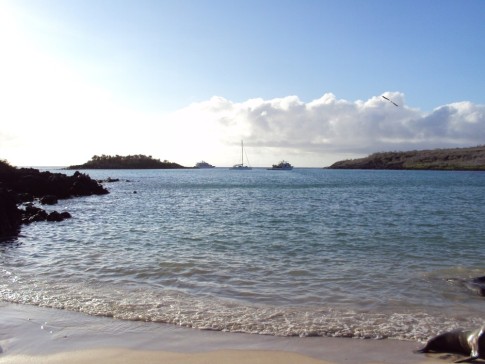 |
This island is also called Barrington Island and is the only island with the specific species of land iguana that is shown in our photos.
7 Photos
Created 8 January 2010
|
 |
this is a place holder for our pics of La Punta Callao. Pics will be added soon
No Photos
Created 22 October 2009
|
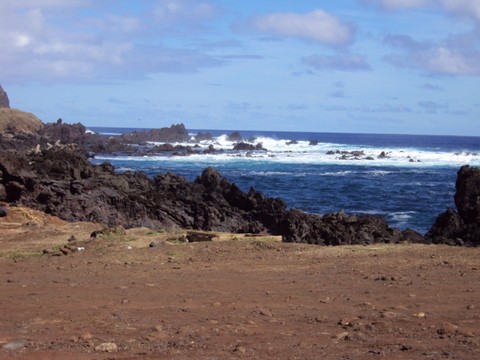 |
this is a place holder for our easter island pics...will add them soon
28 Photos
Created 22 October 2009
|
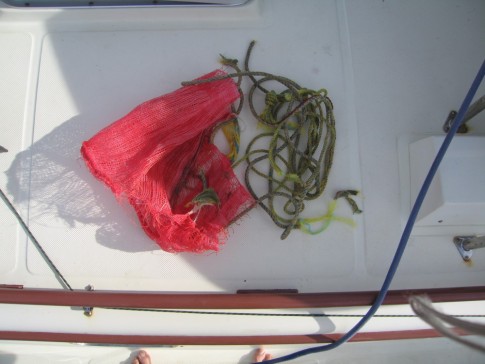 |
We picked up some junk on our prop while motoring from Puerto Escondido to San Evaristo. The pics in this album provide a few details
3 Photos
Created 9 January 2009
|
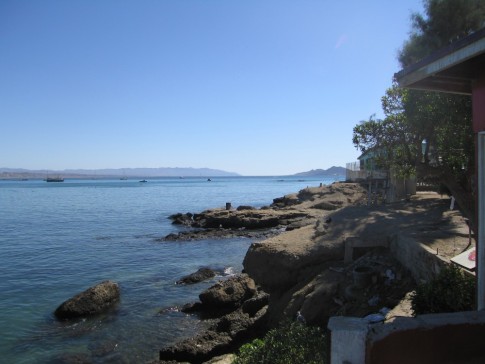 |
Photos taken during our trip ashore in the remote coastal town of Bahia Tortugas.
6 Photos | 1 Sub-Album
Created 26 November 2008
|
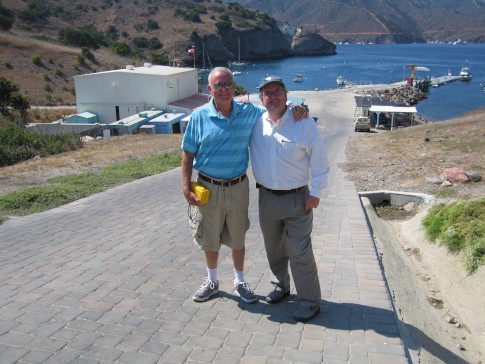 |
The photos in this album show details of our visit to the USC marine lab on Catalina Island.
3 Photos
Created 17 October 2008
|
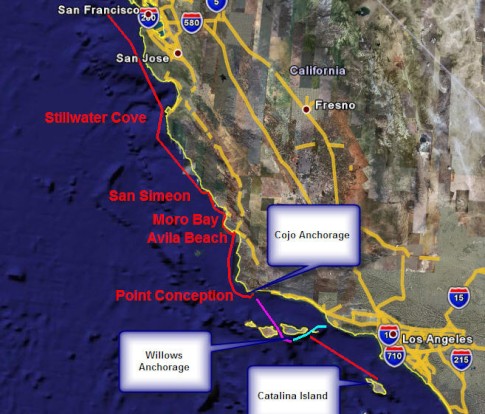 |
This album contains pictures of anchorages, coastline details and people. These photos were taken during our sail down the coast toward Southern California
19 Photos
Created 17 October 2008
|
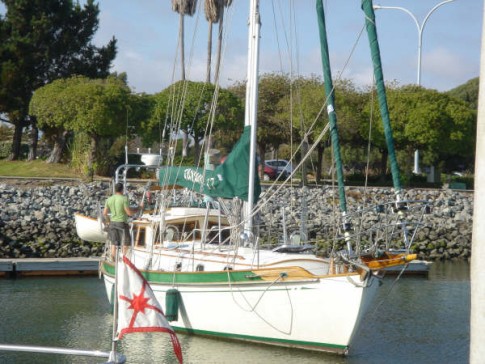 |
This album contains photos from the party we had prior to our departure.
12 Photos
Created 15 September 2008
|
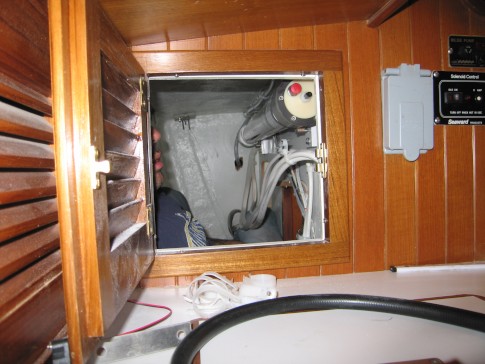 |
Well, it does not really "make" water. What it does is turn sea water into fresh water.
9 Photos
Created 11 July 2008
|
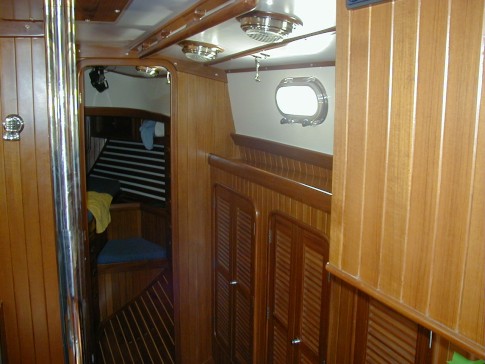 |
The photos in this album show the boat shortly after it was commissioned. I will post another album after we have finished our modifications and are ready to shove off.
8 Photos
Created 26 March 2008
|
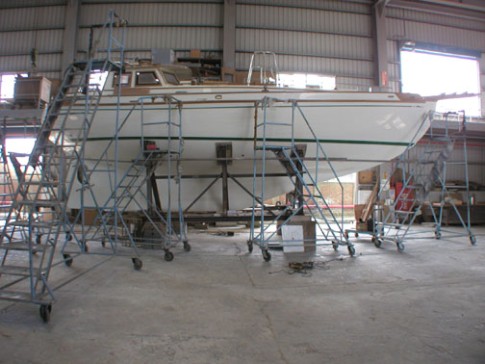 |
The yard provided pictures of the boat at various stages of construction and I have assembled a few of them here to show the process.
7 Photos
Created 26 March 2008
|
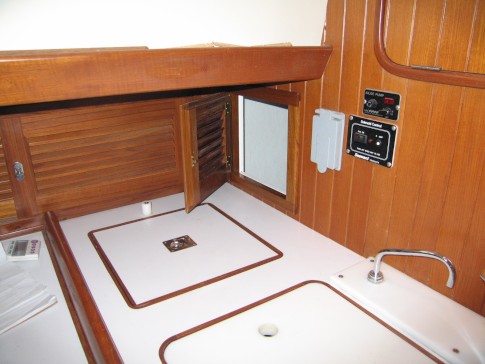 |
This album contains some pics of the modifications we made to the lockers that run along each side of the pilot house.
4 Photos
Created 5 March 2008
|
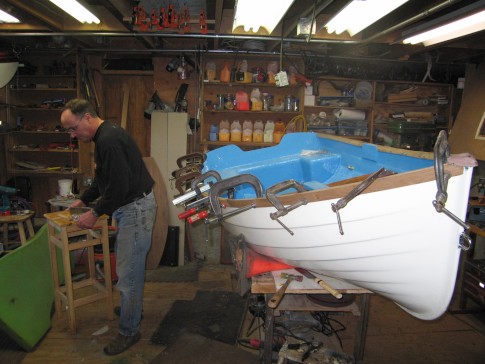 |
These pics show what we did to bring our 30 year old dingy back to life and a couple of enhancements we made that make this a serviceable tender for Active Transport
6 Photos
Created 20 February 2008
|
On the hook in Tomales Bay
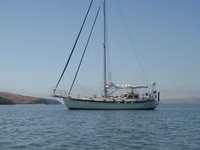
Who: John and Shawn
Port: Seattle, Washington
